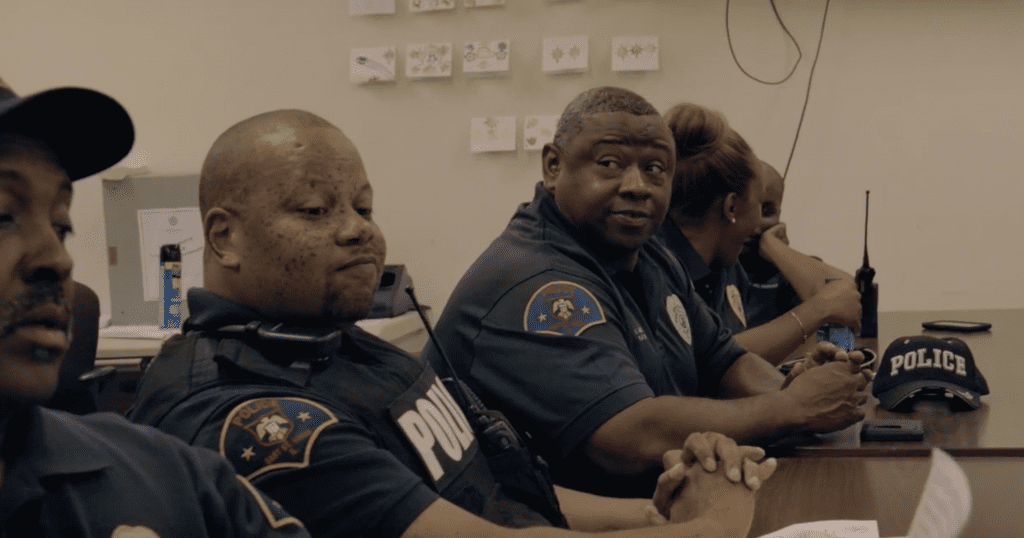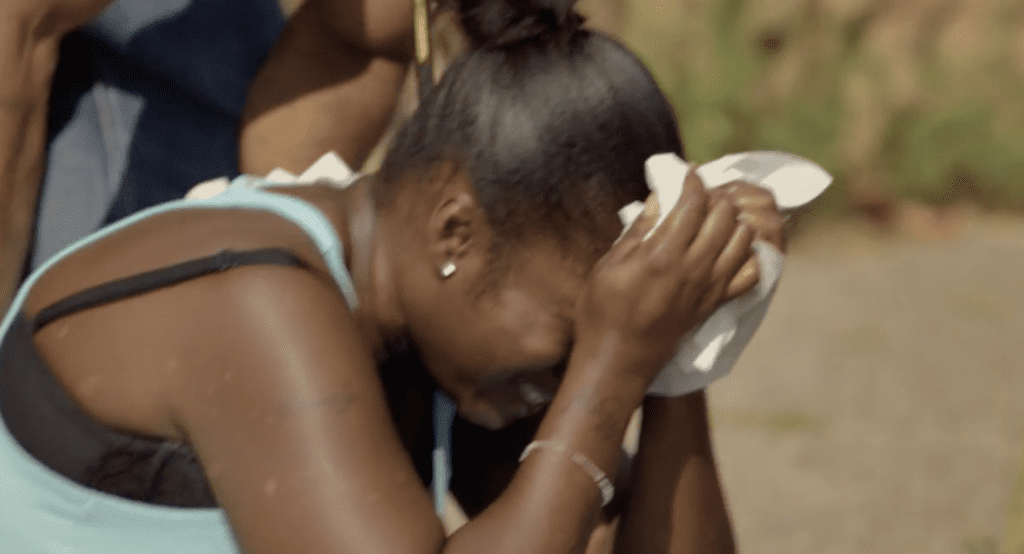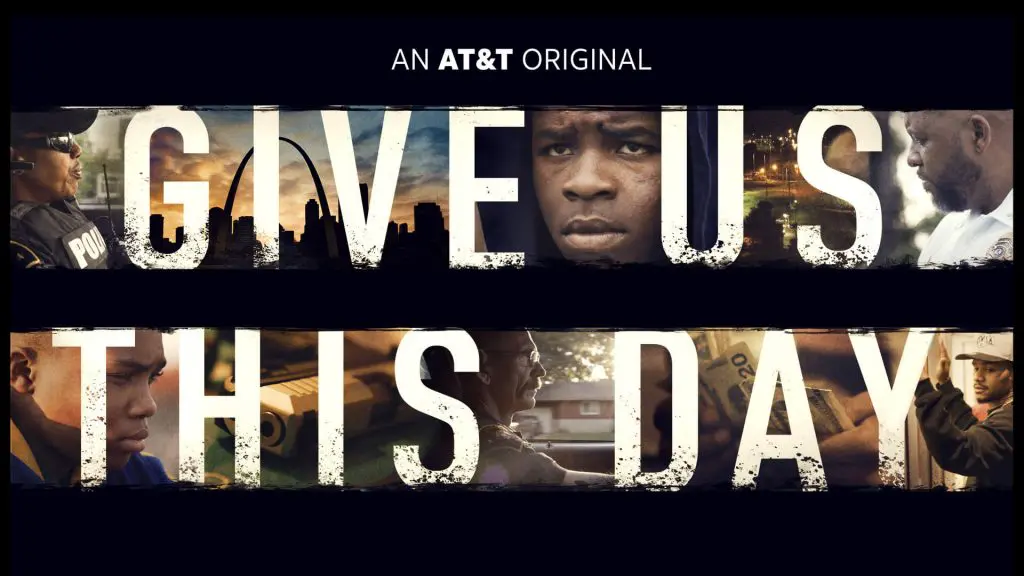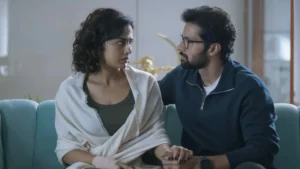Summary
A real piece of filmmaking shows the tragic cycle of hope and despair in the violent city of East St. Louis.
So much violence. So much pain. So much despair. Be prepared to experience raw realism in the AT&T Original documentary Give Us This Day. It is agonising to watch, but equally wearisome to understand.
Give Us This Day monitors a year inside the city of East St. Louis, which has the highest homicide rate in the United States. The opening scenes are hard to digest as the statistics are woefully alarming.
East St. Louis is plagued by gun violence, but that only scratches the surface. Give Us This Day gives us the complex facts, narrowing in on the community; giving us those who have voices, and those who are unheard.

Those heard are the depleted police force led by a Chief of Police who has sacrificed so much to try and tackle a significant problem that plagues the unsupported communities in America. Give Us This Day honestly studies the police staff, following them on their day to day job, scouring the streets to try and proactively reduce violence. One police officer, in particular, has changed his ways; he used to bask himself in the violent ways of police brutality, but now chooses to understand his community to better attain the facts.
But if there is one thing learnt from Give Us This Day, it’s that the minimal support is unforgivable. It does not take a camera crew surfing the areas of East St. Louis to understand that the lack of resource, funding and education is killing families. The Chief of Police utters the Federal recommendation to his staff; the size of East St. Louis requires 71 officers, and they have 42. That’s almost 41% under the required force to tackle a flailing issue that makes an ugly mark on America.
Amongst the sensitive issues, Give Us This Day does delve in the realness of the community, showcasing the unheard people that live and breathe the horrors of their reality. There’s a show of humanity on display in the compelling documentary. There is one young African-American that aspires to be a part of the police force, yet fears alienation from his peers. Another case study explores the life of a high school student, who after nearly getting shot in the head, pursues a college scholarship to get out of East St. Louis, reminding me of the difficulties facing young adults in Last Chance U.

However, all hope is met with hopelessness, which is difficult to swallow in Give Us This Day. There is no narrator, no leading interviewer; the documentary is filming the streets and witnessing the reactions of the citizens. There are far too many scenes of covered up dead bodies to muster, making you wonder if America is a first-world country after all. Every time you feel slight hope, the documentary shows us the grieving. The tears are painful.
On the flip side, every time there is hopelessness, it is then met with hope again, which exemplifies that East St. Louis is stuck in a destructive cycle; a crisis that does not appear to be waning any time soon.
Give Us This Day cannot get any more real and is a formidable piece of work by Jeff and Michael Zimbalist. It’s a tragic piece of filmmaking that you can only be prepared for in a 2-hour journey that reflects a year in East St. Louis. What is clear, is more must be done in these type of black majority communities, because if not, we are doing social progress zero justice. As a society, we continue to let ourselves down.
Give Us This Day premieres Thursday, November 8 at 10 pm ET/PT on AT&T Audience Network and AT&T video platforms.




